Honduras is a tropical paradise that attracts by abundant and varied natural beauty. With the gorgeous islands, white sandy and dark sand beaches, the world’s second largest barrier reef. It is one of the best for diving and snorkeling in the Caribbean. Honduras is also home to an impressive museum in Tegucigalpa, colonial villages (Gracias, Comayagua) and festive celebrations. The archeological treasures of Copán are one of the finest Mayan sites in the world. The following is a list of the top
tourist attractions in Honduras:
10. Cayos Cochinos
The Cayos Cochinos are a group of two small islands (Cayo Menor and Cayo Grande) and 13 more small coral cays situated 30 kilometres northeast of La Ceiba on the northern shores of Honduras. The islands are a Marine Protected Area and remain pristine due to their remote location and difficult access, are managed by the Honduran Coral Reef Foundation. The coral reef here is part of the world's second largest coral reef system known as the Meso-American Barrier Reef. Cayos Cochinos offer excellent snorkeling, diving, hiking, and birdwatching. Accommodation options include rustic eco resorts as well as hammocks or huts at local Garifuna villages. The islands are accessible only by boat from La Ceiba, Roatán, or Utila.
9. Rio Platano Biosphere Reserve
The Río Plátano Biosphere Reserve is 5,250 km² of preserved land in the La Mosquitia region on the Caribbean coast of Honduras. Most of the land runs along the Río Plátano. The reserve has a number of endangered species and some of Honduras largest sections of forest. The reserve encompasses both mountainous and lowland tropical rainforest, full of diverse wildlife and plant life, and has more than 2000 inhabitants. In addition, the reserve shelters a great number of archaeological sites such as Mayan ruins and a spot visited by Christopher Columbus. In 2011, UNESCO placed the reserve on the List of World Heritage in Danger.
8. Lancetilla Botanical Gardens
Located only a few kilometers from Tela, the Lancetilla Botanical Garden is the second largest tropical botanical garden in the world. The Lancetilla Botanical Garden spans some 1680 hectares and has 1200 species of plants from four continents. The garden has hundreds of bird species - migratory species are present from November to February - and generates 60% of Tela’s fresh water. There is a well marked trail that you can follow. In addition, if you follow the road that leads into a fascinating bamboo forest, you will arrive at a very pleasant swimming hole in the Lancetilla river, a refreshing place for a cool dip after a long, hot walk.
7. Guanaja
Guanaja is one of the Bay Islands off the northern coast of Honduras. The picturesque island of Guanaja offers tourists an idyllic escape where they can relax or engage in fun outdoor activities. The ocean waters surrounding Guanaja are ideal for snorkeling and diving. The island's warm, clear waters support an extensive coral reef that is part of the Mesoamerican Barrier Reef and second only to the Great Barrier Reef off the coasts of Australia. Currently, there is still access to fresh water on Guanaja, and several waterfalls can be seen.
6. La Tigra National Park
La Tigra National Park (Spanish: Parque Nacional La Tigra) was the first national park in Honduras. Perched at an altitude of 2,270 meters, this unspoiled park preserves a lush cloud forest that is home to ocelots, pumas, and monkeys, although it's rare to see these larger mammals. The park is also a haven for birds; more than 200 species flit within its borders, including toucans, trogons, and the elusive quetzal. and the impressive variety of insects, including many only found here. In addition to its exuberant natural beauty and with a seductive historic past, the La Tigra Mountain with its immense cloud forest tropical vegetation also provides more than 30% of the necessities of the capital city, Tegucigalpa, and 100% of the bordering communities. The park is one of the most beautiful places and one of the most visited parks in Honduras.
5. Parque Nacional Jeanette Kawas
Officially named Parque Nacional Jeannette Kawas (Jeanette Kawas National Park), it is commonly referred to as Parque Nacional Punta Sal (Punta Sal).
Jeanette Kawas National Park is a national park located in the municipality of Tela, on the northern Caribbean coast of the Atlántida department of Honduras. With the diverse habitats, from tropical jungle, mangroves, and wetlands to sparkling beaches and coral reefs. Wildlife is abundant and includes many rare species. Visitors may encounter dolphins, howler monkeys, and a large variety of tropical birds including toucans, quetzals, and motmots. When is a hike across the peninsula to a pretty beach, swimming, snorkeling, or diving; and an optional visit to the traditional Garifuna village of Miami on a picturesque beach and lagoon. The reserve also features a traditional village of thatched huts where visitors can learn about the local culture.
4. Lago de Yojoa
Lago de Yojoa (or Lake Yojoa) is the largest natural lake in Honduras with a surface area of 79 square kilometers and an elevation of 700 m. The west side of the lake is bordered by steep mountains and Santa Bárbara National Park while the east side is adjacent to Cerro Azul Meambar National Park. Lake Yojoa is a popular fishing destination and the surrounding area has a rich biodiversity - almost 400 species of birds and 800 plant species have been identified in the region. At here, travelers can enjoy dipping in nearby hot springs, exploring caves, hiking to stunning waterfalls, touring coffee plantations and investigating ancient Mayan ruins.
3. Utila
Utila is the smallest of the three major islands in the Bay Islands group in the west Caribbean Sea off the northern coast of Honduras. Utila is regarded as one of the best diving destinations in the Caribbean. In addition to other water activities like swimming, snorkeling, paddle-boarding and kayaking, visitors can hike or horse ride through the jungle, explore caves and climb Pumpkin Hill to enjoy panoramic views, making for Utila is a popular tourist attraction in Honduras.
2. Copan
Copán is an archaeological site of the Maya civilization in western Honduras. It was the capital city of a major Classic period kingdom from the 5th to 9th centuries AD. The beautiful ruins have some of the most impressive pre-Columbian art anywhere. It is famous for the stelae and altars that are scattered around the immense plaza, most of which were erected during the years 711 and 736. Other highlights include the ball court; the Hieroglyphic Stairway, a unique temple, and the Acropolis featuring superb carved reliefs of the 16 kings of Copán. Near the ruins is the modern town of nearly the same name - Copán Ruinas, with clean hotels and other facilities for tourists.
1. Roatan
Roatán is one of the Honduras Bay Islands in the Caribbean Sea. It is known around the world for its scuba diving. The island has a number of gorgeous beaches, the reef surrounding the island attracts beautiful tropical fish, snorkeling and swimming. In addition, the island also features many attractions like the Iguana Farm, the Caramola Gardens and the Roatan Butterfly Garden. With two cruise ship ports, the island of Roatan is one of the most popular tourist attractions in Honduras because of its beautiful scenery and variety of activities.
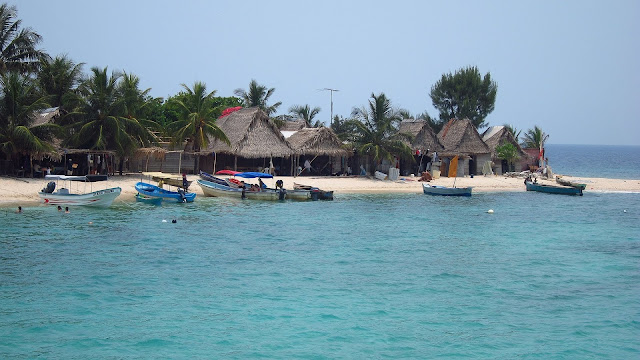
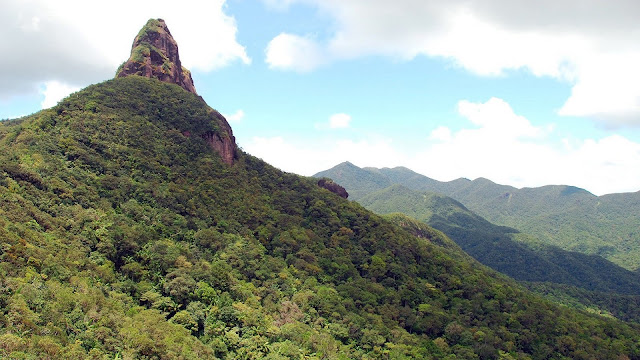
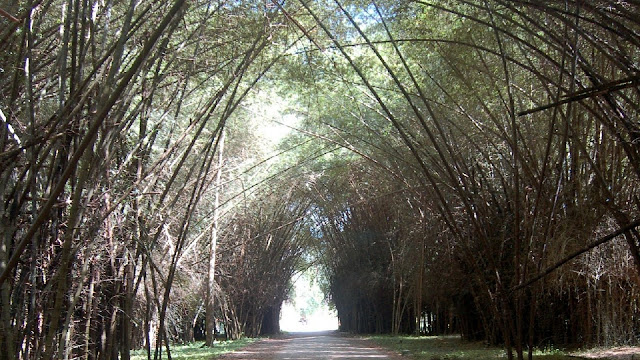
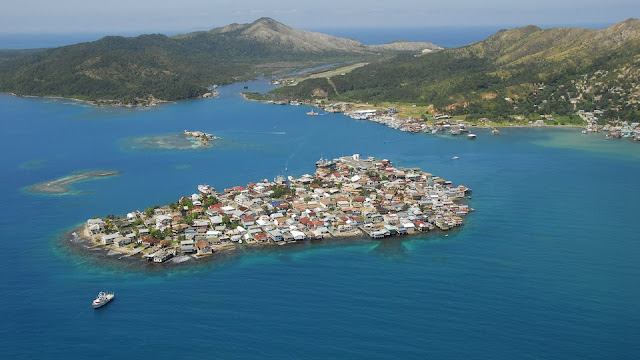


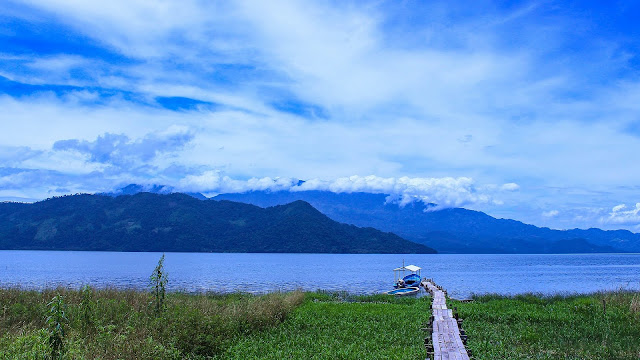
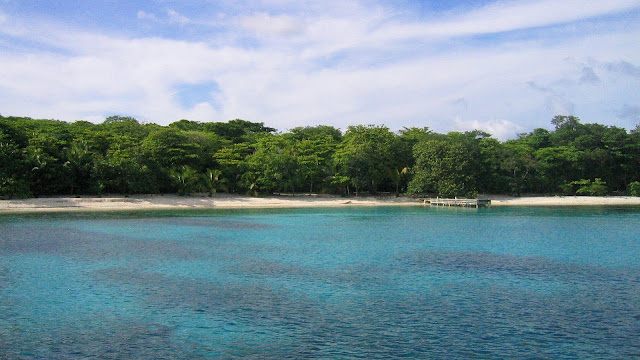


 Reviewed by Bynn Du
on
5/05/2017
Rating:
Reviewed by Bynn Du
on
5/05/2017
Rating:
 Reviewed by Bynn Du
on
5/05/2017
Rating:
Reviewed by Bynn Du
on
5/05/2017
Rating:










Không có nhận xét nào: